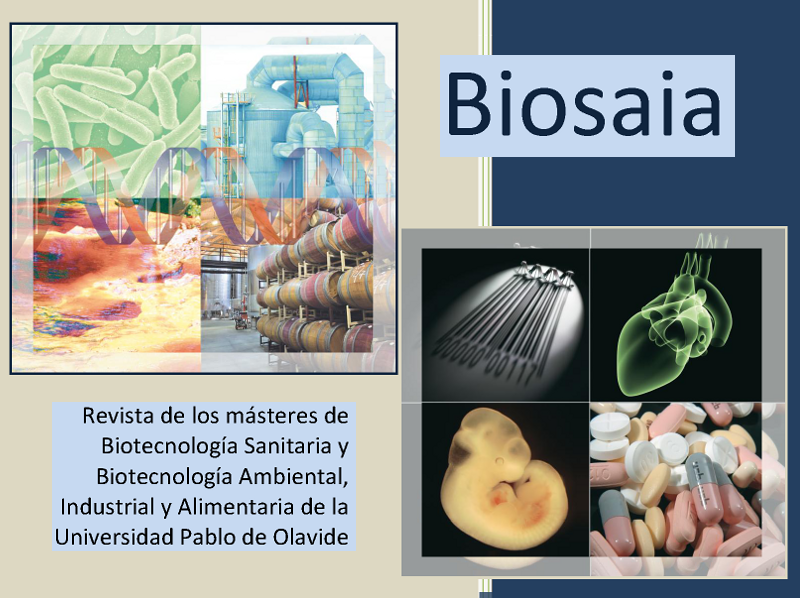Development of vectors and specialized Streptomyces strains for functional metagenomics
Palabras clave:
Streptomyces; Functional Metagenomics; Specialized Vectors.Resumen
Motivation: Antimicrobial resistance (AMR) are one of the most important existing threats to public health aggravated by the
overuse of antimicrobials. It is estimated that the mortality from drug-resistance infections would increase up to 10 millions by
2050. One of the major hurdles in microbial ecology is the inability to culture most of the microbial diversity present in ecosystems
under laboratory conditions. The molecular analysis strategies used to examine the microbial community DNA, also known as
the metagenome, have been denoted as metagenomics techniques. With the use of functional metagenomics we are focus our
efforts on searching new antimicrobials. For the expression of genes from metagenomics DNA, Escherichia coli is the host most
used for function-based screening. However, the potential of Streptomyces as a surrogate host for the production of heterologous
proteins has shown to be interesting for expression of proteins that are difficult to express in other bacterial host system.
Methods: Basing on previous work, we are using a construction of specialized vectors with modified heterologous expression
system that incorporate viral components. The construction consist in the T7 RNA-polymerase gene (gene1), synthesized with
a codon optimization for Streptomyces, that encodes the phage RNA-polimerase which is insensitive to many of the bacterial
termination signals. The gene1 expression is regulated by a inducible expression system based on PnitA-NitR regulatory system.
To test that our system work properly, we have introduced in the cosmid for the metagenomic library construction, which is
replicative in Streptomyces, a reporter gene (xylE) whose gene product is a catechol dioxygenase which converts the colourless
substrate catechol to an intensely yellow oxidation product.
Results: This part of the project aims to evaluate the efficience of heterologous expression measuring the catechol dioxygenase
activity in solid and liquid media. In solid media we have seen that the Streptomyces colonies turned yellow when catechol was
applied indicating that the expression system is working efficiently. The main objective of this project is to develop a metagenomic
library, with an improved heterologous expression, from DNA originating in several strains of Streptomyces in order to search
for new antimicrobial resistance.





